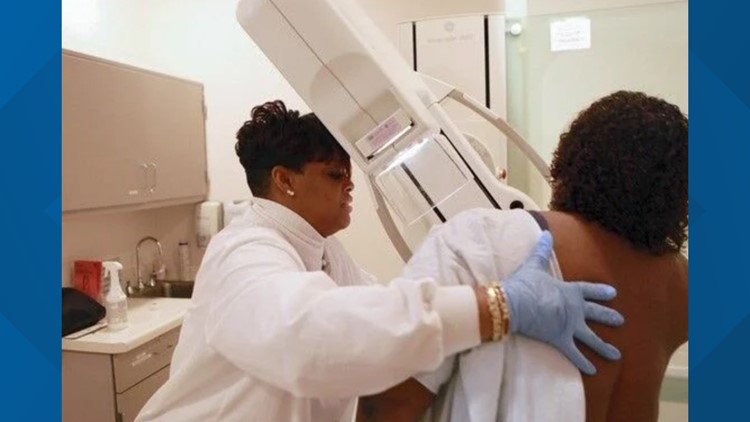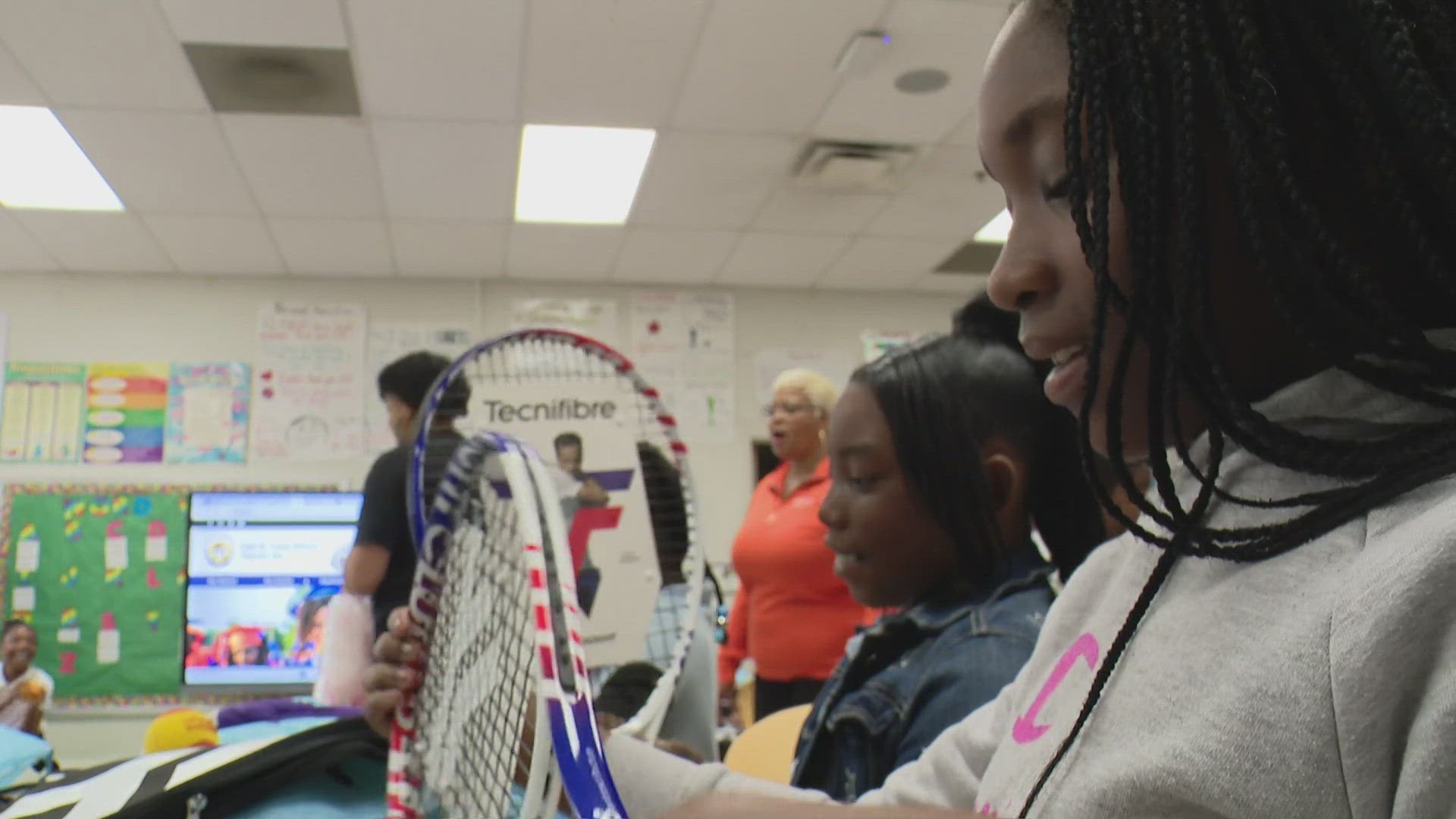ST. LOUIS — Dr. Terre Quinn has been in the medical field for nearly 30 years. The University City High School graduate is now a breast surgical oncologist in Dallas, Texas.
During a recent discussion with the St. Louis American, Dr. Quinn shared vital information about breast care, cancer prevention, and her contributions to the medical field.
Quinn began her journey at Drake University where she majored in biology as a pre-med student.
“I didn’t know at 18 when I went to college that I was going to be a medical student, I kinda liked biology so I decided to enroll as a pre-med student,” said Quinn.
After graduating from Drake University, the future doctor attended Meharry Medical College, a Historical Black College University (HBCU). According to Quinn, the university was responsible for educating 50% of Black physicians. She graduated in 1998 and went to the University of Kentucky for her general surgery residency, where she was the first Black female to attend their program.
During her time in Kentucky, her mentor Dr. Micheal Edwards would have profound conversations about breast cancer and the data they were collecting back then. He urged her to be a part of the research team at Baylor University.
Dr. Quinn was a part of the research team for about a year, when she and a group of other physicians participated in a trial in which breast surgeons could experiment with different routes when operating on breast cancer patients.
The old method was a full axillary dissection in the armpit, removing all the lymph nodes, this was a key factor in determining the stage of cancer, survival rate, and how to treat it. Back then doctors weren’t able to retrieve this important information without taking out all of the lymph nodes. But that route required a longer operation, recovery, and caused some patients to develop lymphedema which is swelling in the arms or legs. Dr. Quinn says it can be very painful and uncomfortable.
However, the research team that Dr. Quinn was a part of discovered a new way to dissect the lymph nodes without removing all of them which required the surgeon to remove one or two lymph nodes. The procedure is called Sentinel Node Biopsy and according to Dr. Quinn, the medical team can do everything they need to do without having to remove all of the lymph nodes from the body.
Quinn performed the surgery on breast cancer patients who signed up for the procedure.
Dr. Quinn says that women naturally have lymph nodes in their armpits and arms that naturally drain the breast. When doctors dissect the lymph nodes they can determine if cancer has spread to other areas of the body.
“It was groundbreaking at that time, and was one of the largest breast cancer trial surgeries at that time,” said Quinn. “And now people take this surgery for granted.”
Dr. Quinn highly recommends monthly self-breast exams, she says most women or young girls should start when they develop breasts.
“It’s about becoming familiar with your body to detect if anything feels unusual,” said the doctor.
She gives a step-by-step guide, and the doctor says the best time to do a self-breast exam is after the female menstrual cycle. Women who don’t have a menstrual cycle should pick one day out of the month to do their exam. For example, choosing the first of every month.
Step 1:
Start either lying down flat or sitting up. One hand examines the opposite breast.
Step 2:
Using your first three fingers make small rotating circles on the breast until you reach underneath the area of your areola or nipple. Focus on the pads of your fingers to detect if anything feels abnormal.
Dr. Quinn points out the risk of being diagnosed with breast cancer increases around age 50, and Black women die from the disease at a rate that is 40% higher than other women. She says one of the reasons is because Black women are diagnosed at a much later time frame. This is due to a lack of access to breast exam screenings, health coverage, and distrust and biased treatments from doctors.
“We are very suspicious, understandable so, most of us don’t go to the doctor until we feel a large mass near or on our breast,” said the surgeon. She noted that women who have state-funded health coverage are on a tight time frame, and many face long waits to see their doctor to receive treatment and medication.
Dr. Quinn said, “This happens to a lot of women, but to women of color more often.”
However, according to the surgeon, most women who are diagnosed with breast cancer don’t die. The truth of the matter is the survival rate of breast cancer is 90%.
More importantly, breast cancer can be prevented. Dr. Quinn says modifiable risk factors can contribute to the diagnosis of breast cancer. For example, obesity increases your risk for breast cancer. Controlling your weight offsets the risk, also smoking cigarettes increases your risk of the disease and your level of alcohol intake.
The surgeon says all these factors are modifiable and can be controlled through modifications and adjustments to one’s lifestyle. That includes eating healthy and adding a workout routine to help decrease your risk of having this type of cancer. She says a brisk walk at least three times a week goes a long way.
“I’ve always felt like partnering with my patients is the best route to take so they can have the best outcome. Being transparent is the best way,” said Dr. Quinn.
Ashley Winters is a Report for America reporter for the St. Louis American.



